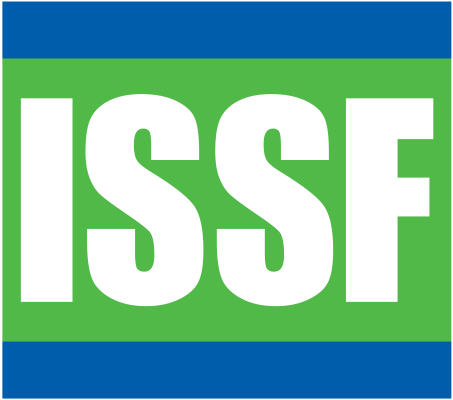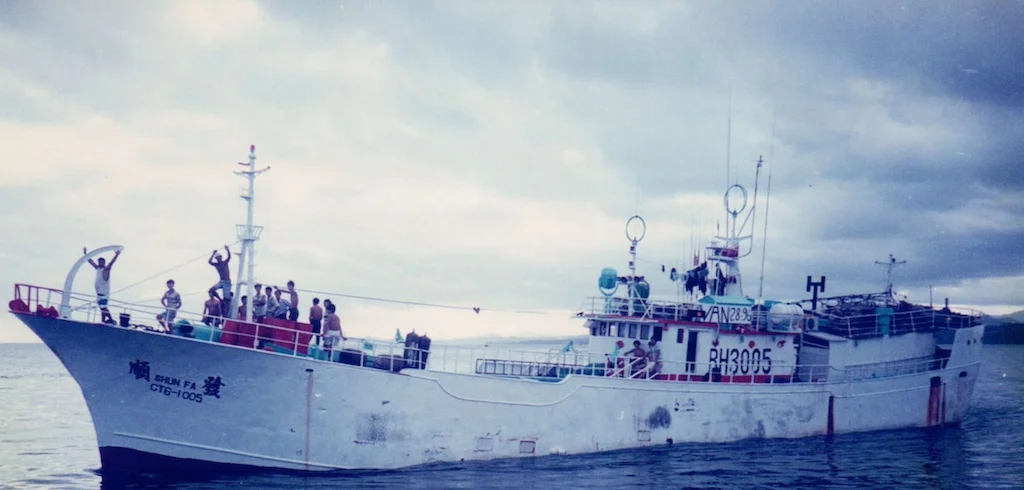Further Notes on Data Reporting and Compliance
Observer Coverage Requirements
For longline vessels, although the details of the programs vary, most tuna RFMOs require an observer coverage level of at least 5 percent for longline vessels over 24 meters, which in ICCAT increased to 10 percent. This coverage level might also apply, in some cases, for smaller vessels operating in the high seas or in EEZs other than their flag state EEZ.
Tag Recovery and Reporting
Tuna (and other fish) tagging programs have a number of uses, but almost all tagging programs share a common goal: gathering data about fish. Most tagging programs seek information on fish movements, growth, behavior, and mortality. This data is critical to our understanding of fish biology and for the creation of accurate models for stock assessments. You might also encounter tagged seabirds, with small bands on their legs.
Simple tags have printed information and instructions on how to return the tag. These tags remain attached to the fish until it is caught or landed. Some high-tech tags monitor and record position and environmental data continuously. Some fish tags even pop off the fish at an appointed time, float to the surface, and transmit information via satellite.
If the vessel’s crew catches/lands a tagged animal, please take the time to remove the tag, note the time and location of the catch/landing and ensure that the tag is returned to its owner. Often there are rewards for the return of tags—another reason to help contribute to the good management of your fishery. Fishers must not remove the tags from live birds.

